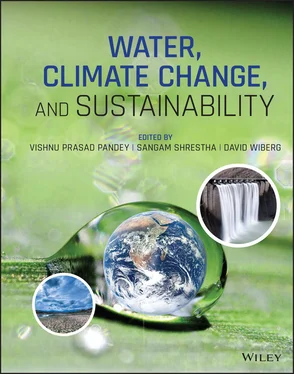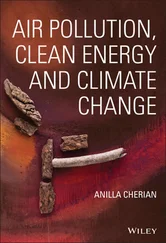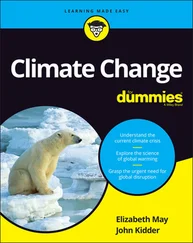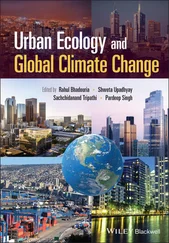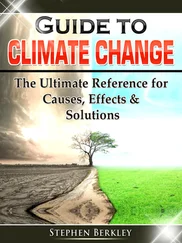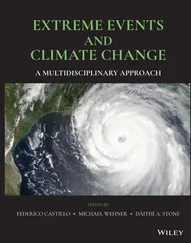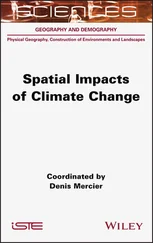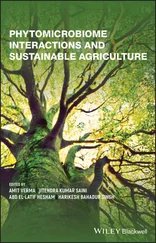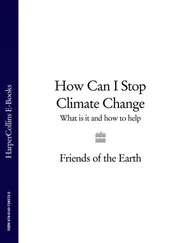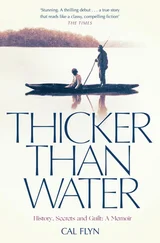# Values are taken from Shivakoti and Shrestha ( 2014 ) .
The government leaders continued discussion on potential ways to curb the GHG emissions to prevent dire consequences of climate change and finally reached the first global agreement to reduce GHG emissions in 1997, which is popularly known as the “Kyoto Protocol”. Unfortunately, USA withdrew from the Kyoto Protocol in 2001 citing the concerns that the deal would hurt the US economy. IPCC published its third assessment report (TAR) in the same year saying that global warming is “very likely” with highly damaging future impacts. Al Gore, the former vice president of USA, put political weight on the climate change through a film titled “An Inconvenient Truth”, and Mr. Gore won the 2007 Nobel Peace Prize, jointly shared with IPCC, for his work on climate change. By 2007, 2008, and 2009 the existence and dangers of climate change were increasingly recognized with growing scientific evidence and understanding of climate change and its impacts, and increasing representation of this in the press; public awareness and concern about unusual weather patterns; and political change (notably in the US Administration, and in Australia). Further to that the Stern Review (Stern 2006) translated climate change into gross domestic product (GDP) terms indicating up to 20% of damage in GDP if climate change is left unchecked but curbing it would cost about 1% of global GDP. More recently, UNEP has been publishing its emission gap report and adaptation gap report to highlight the seriousness of the problem. Despite that, some skeptics continue to argue that the predictions presented by the IPCC and publicized in the media were overblown, while the whole the climate negotiations and deliberation by the governments, private sectors, businesses, as well as individual level responses are far from adequate.
In 2015, SDGs included “Climate Action” as the 13th goal out of the 17 SDGs to streamline climate actions in coordinated and collaborated ways at different levels. In the same year, PCA was signed as another milestone treaty on climate change, in which 195 countries pledged to set targets for their own GHG cuts to keep the warming level to 2°C and to report their progress. Like the case of the Kyoto Protocol, USA again back‐tracked from the agreement in 2016 by the newly elected president. In 2018, IPCC published a report that concluded “rapid, far‐reaching” actions are needed to cap global warming at 1.5 °C and avert the irreversible consequences for the planet (IPCC 2018). In the same year the “School Climate Strike” initiative led by Greta Thunberg, a Swedish young climate activist, caught global attention and raised awareness on the need for climate action. The initiative was followed by over 17 000 students in 24 countries within 3‐4 months. It led to her nomination for the Nobel Peace Prize in March 2019. The UN Climate Summit held in August 2019 reinforced that “1.5°C is the socially, economically, politically, and scientifically safe limit to global warming by the end of this century” and set the deadline for achieving net zero emissions to 2050.
With the evolution of IPCC’s assessment reports, the field of climate research is also growing at a faster pace to enable us to better understand the future climate. The World Climate Research Program (WCRP) was established in 1980 under the joint sponsorship of the International Science Council (ISC) and the World Meteorological Organization (WMO). The WCRP has made significant contribution to advancing climate science since then. It started Coupled Model Inter‐Comparison Project (CMIP) (Phase‐I) in 1995/96 as a collaborative framework to improve knowledge on climate change. The Phases 1 and 2 were initiated in 1995 and 1996. The CMIP3 (or the Phase III) (2005–2006), in which a collection of climate model outputs was coordinated and stored at one location and results were used in preparing the IPCC Fourth Assessment Report (AR4). The CMIP5 (2010–2014) included more metadata describing model simulations than previous phases. The IPCC AR5 summarized information of CMIP5 experiments. The planning of the CMIP6 began in 2013 and results are expected to be summarized in AR6.
With more warming in recent years, growing body of scientific literatures, and wider coverage in media, climate change is getting more and more attention than ever before. Global communities through national governments, are putting coordinated efforts to reduce GHG emissions, limit warming of the planet. Different stakeholders have their roles to play to make the climate action (SDG13) a reality for saving our planet.
1.3 FORMULATION AND GOVERNANCE OF SDGS
Formulation of SDGs was identified as the post‐MDG agenda in the UN Summit on Sustainable Development, also known as Rio+20, held in June 2012 in Brazil with the theme of “The Future We Want”. With the objectives to produce a set of universal goals that meet the urgent environmental, social and economic challenges facing the world, the Rio+20 summit also outlined four principles for developing the goals. After subsequent endorsement by heads of the governments and high‐level representatives from al the UN members, the process of formulating SDGs was initiated by forming a 30‐member Open Working Group (OWG) through the UN General Assembly. It took nearly three years for drafting, negotiation, and formalization of SDGs through the UN Sustainable Development Summit held in September 2015 in New York. The 17 SDGs ( Figure 1.2), the global goals for 2015–2030, provide a shared blueprint for peace and prosperity for people and the planet, now and into the future (UN 2020).
The adoption 17 SDGs and 169 targets present a novel approach of goal setting at the global scale characterized by inclusive, non‐binding, weak institutional arrangements, and the extensive leeway for individual countries (Biermann et al. 2017). The high flexibility exercised through a bottom‐up process in formulating SDGs and its adoption also raises a big question mark on the effective implementation of a long list of SDG targets and indicators. The extent to which the SDGs will be truly transformational, however, depends on how they are implemented. Similarly, there is a confusion among governments in finding an entry point for implementing SDGs (Elder and King 2018).
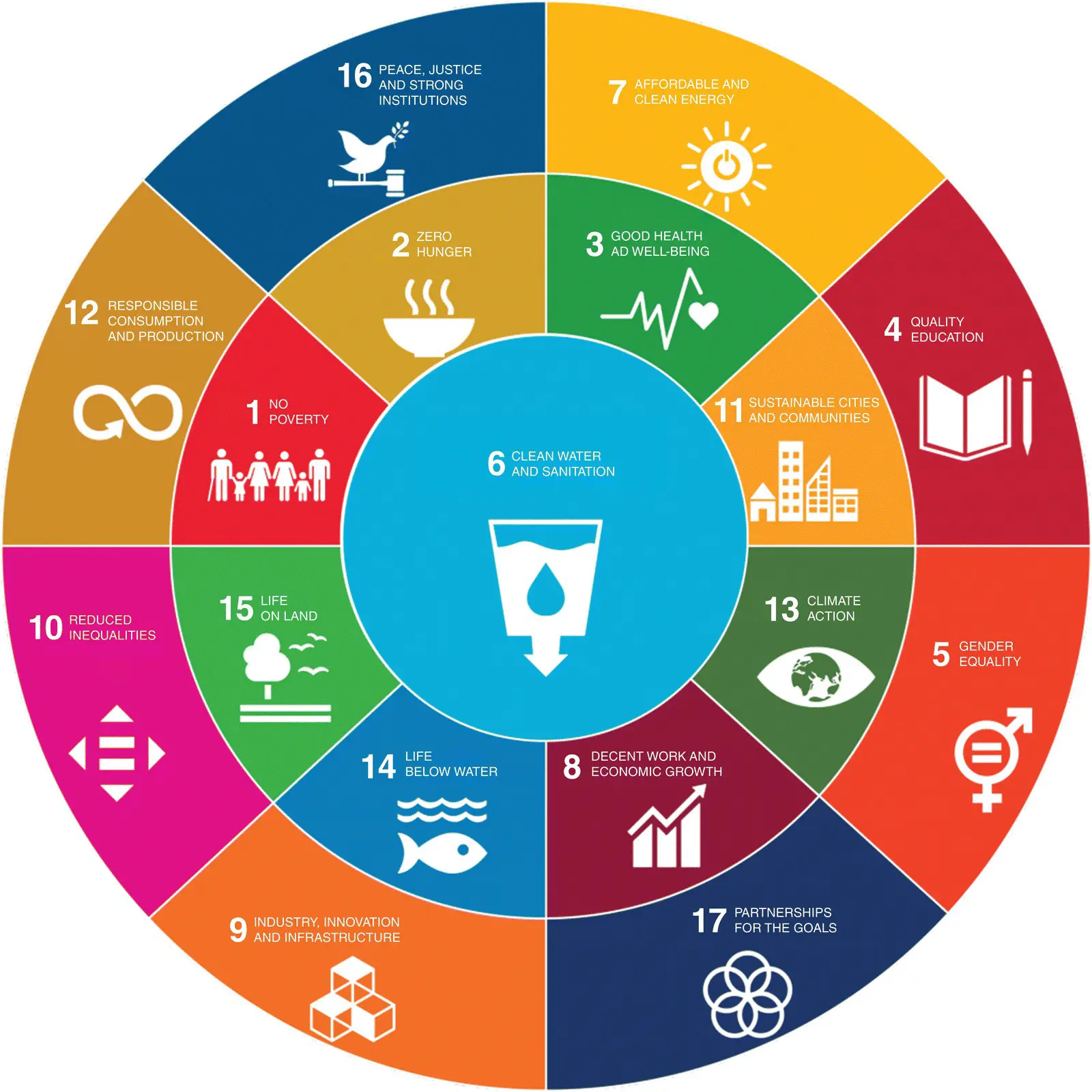
Figure 1.2 The water centric 17 Sustainable Development Goals (SDGs).
Source: Makarigakis A.K and Jimenez‐Cisneros BE (2019).
The SDGs offer accountability the present generation has towards the next generation that is to allow the next generation to meet their needs, however, the limitation is that it focuses exclusively on resources and economics. The multi‐dimensionality of SDGs indicates the growing complexity in the path of achieving sustainable development. A complex web of interlinkages is one of the trademarks of SDGs and many of its targets are vague and difficult to quantify (Biermann et al. 2017; Shivakoti 2019). SDGs are ambiguous on, and lack guidelines for, the entry points for their implementation, means and ends are mixed, and how to evaluate cause‐effect relationships between goals or targets is not clear (Shivakoti 2019). There are also numerous “blind spots”, i.e. targets that countries have limited knowledge on in their national contexts (UNESCAP/ADB/UNDP 2018). SDGs, as a compilation of sustainability issues and challenges, could serve as a reference to determine whether important interactions have been overlooked while implementing a target or a goal. Still SDGs provide few clues on how essential interactions could be determined ex‐ante and subsequently dealt with.
Читать дальше
